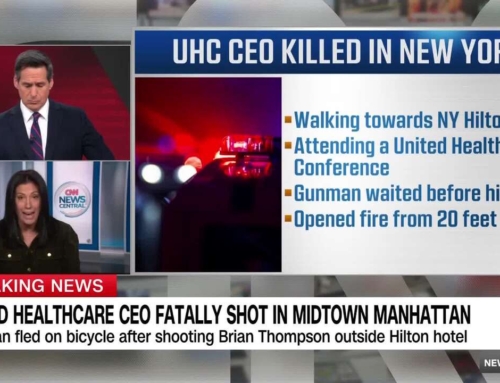As published in Forbes.
Conversations are not important to leadership. They are leadership. Whether one-to-one or one-to-many, conversation is the leader’s primary tool.
With so much taking place within any interaction, it is often difficult even for seasoned leaders to process all that occurs. Frequently, we realize we have not addressed the real issue long after a conversation took place. On our commute home, we find ourselves playing out a discussion. Or we notice ourselves having the real conversation we failed to have earlier in the day with our spouse over dinner, only this time sharing key points we didn’t share with the person who could actually do something about them.
Much has been written on the topic, which tells us how necessary but rare the skill is. Books like Fierce Conversations, Difficult Conversations, Crucial Conversations and more recently, Conversational Intelligence and The Power of Noticing provide us with tools to more fully recognize all that occurs. By bringing greater awareness to the complexity of human interactions, the goal is to speed up the time it takes for us to (1) recognize the real conversation begging to be had and (2) effectively address it in real time.
While most conversations involve the simple exchange of information, some conversations are of the caliber that could transform a discussion, a relationship, and a project’s success. Unfortunately, they usually don’t. It is not that these conversations are not happening. They are. Most, however, occur only within the confines of our own mind. We need to bring more of this internal dialogue out and into our real-world exchanges.
“A man should learn to detect and watch that gleam of light which flashes across his mind from within … Yet he dismisses without notice his thought, because it is his.” – Ralph Waldo Emerson
A tool I have often presented and written about is called “One Conversation. Walk Away Empty.” Imagine you and I are working together on a project. In our discussion, I share information that does not seem accurate to you. At that moment, you begin a second conversation in your mind that goes something like this: “What is Susanne talking about? I just spoke with Raj and this was approved.” Depending upon our relationship, this mental conversation might continue: “Maybe Susanne knows something I don’t, she is senior to me.”
At this exact moment, you have a choice. Are you going to give voice to the second conversation or not? We all make countless such judgments daily, and there is no hard-and-fast rule. Sometimes it makes sense to have the “one” conversation in the moment; at other times, we are better to wait for a more appropriate occasion.
My argument is only this: We need to become more aware of this process within ourselves and then to act with courage.
To do this, focus on this question: “What do I believe is in the best interest of the people I lead and the business(es) I serve? What would my highest self advise?”
More often than not, you should then go out and do that. By doing so, you will know you did everything you could to foster an authentic exchange. Even if the interaction does not go as well as you intend, you can be proud you did not cower. You pulled your seat fully up to the table and focused on being of service.
You will know immediately when you have done this because you will feel complete. There is nothing left to say; no further energy around it. You walk away empty. You will also know when you haven’t given everything to a conversation, as you leave the interaction feeling unsettled, still filled with all of your real concerns.
“Through our research we have identified the two least-developed skills in the workplace: the ability to have uncomfortable conversations and the ability to ask ‘what if’ questions.” – Judith Glaser
It is likely that right now you have an important conversation pending. However, because you anticipate it being uncomfortable, you put it off, hoping it will go away. You can certainly hope. However, important conversations tend not to go away (they merely go below the surface). There may be a price to pay in having them; perhaps discomfort and the potential of lessening a relationship. But make no mistake, there is also a price to pay for not having them — resentment, mediocre work, damaged morale — all of which only fester and grow. As a rule, you will pay a greater price by waiting and avoiding.
Leaders today must be able to have the real conversations with the people they need to have them with, and to do so early and often.
Are you doing that?
Reflect on the conversations you had during this last week. Did you say everything that needed to be said? How did you hold back? Where do you now wish you had been more courageous? What advice do you have for yourself for future interactions?
Leaders are learners and they must be brave. To the extent that I fail to address what is real, I limit the relationship, stifle trust, and fail to advance the business in important ways. It is one way we dishonor others. If I won’t have the real conversation with you, what does this say about my faith in the quality of our relationship? Real conversations honor others, as the tacit message is: “I trust you enough to address this risky but necessary topic. I care about you and the success of our work. And I trust that the container of our relationship can support this level of exchange.”
Leaders, the business (and our world today) needs you. It needs your insight, your perspective, and your voice. Today, find a way to bring more of your real thoughts into your discussions, conversations, and coaching with and for others. Do so with kindness, respect, and yes, with courage. Stretch yourself. See what you learn by doing so. The conversation is your primary tool, and it is one few of us have mastered.






